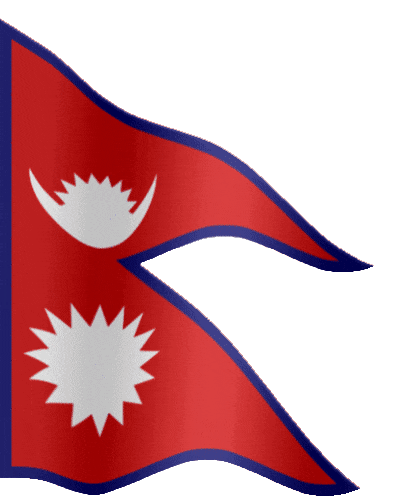Welcome to Kaiser Library
Kaiser Shumsher left a most significant legacy in the form of his private library known as Kaiser Library. In 1908, Kaiser Shumsher visited Britain with his father, Rana Prime Minister Chandra Shumsher. He was very impressed by the library and museum system of Britain. After he returned from Britain, he developed his private library which is now called Kaiser Library. Kaiser Shumsher was interested in collecting books, antiques, animal trophies, paintings and photographs since early age. As a result of all these valuable collections, Kaiser Library is not only a library but also a small museum in itself.
During Kaiser Shumsher’s life time, the library was accessible only to his family members, notable Nepalese scholars and foreigners. Jawaharlal Nehru, the Prime Minister of India visited this library in 1952 and in 1960. Perceval London and Sylvain Levi, well known orientalists and scholar had used this library for their research work. This library remained private for many years even after the revolution of 2007 B.S. (1950). In 1964, his wife Krishna Chandra Devi Rana and their sons Keyur Shumsher Jung Bahadur Rana and Lok Bhakta Shumsher Jung Bahadur Rana donated the 34 ropanies of land including Kaiser Library special ceremony on 11th September 1968. Since then, library has been running under the Ministry of Education.
The Kaiser library has more than sixty thousand books, documents, periodicals and manuscripts. It is rich in the collection of rare books, manuscripts, painting, photographs, animal trophies etc. This library, therefore, is considered one of the best libraries in the country from historical and archaeological point of view. The entire collections are separated into three categories:
- Kaiser collection
- General Collection
- Manuscripts Collection
- New Collection (Books from Nepali Medium and Books from English Medium)
- Children Corner
- Periodicals Collection
The Kaiser Collection contains approximately Twenty Eight Thousand volumes of books and documents that cover a wide range of subjects like philosophy, religion, astronomy, social science, military science, game, hunting, gardening, medicine, literature, history and biography. Ninety Five percent of the books are in English language, rests are in Sanskrit, Hindi and Nepali. Beside this, many noteworthy paintings, photographs, sculptures, old maps and press cuttings are also part of the library collections. Beside Kaiser’s Collection, the new collection was developed in 1970. Every year, new books in different subjects are added into this collection. The new collections are regularly used by students, teachers, government personnel, researchers and general public. In New collection, various subjects including dictionary, General knowledge computer science, Philosophy, Religion, Social Science, Politics, Law Management, Pure Science, Technology, Literature, History, biography, Guide Book etc. are collected. New Collection is also extended into three sub-sections: Books from English Medium, Books from Nepali Medium and Children Collection.
Kaiser Library has a subscription of forty three titles of newspapers and journals in a year. A number of periodicals are being received through donations and exchange. In addition, there are periodicals from the Kaiser Shumsher’s private collection.
About Us
During the last days of the rana regime, Kaiser Shumshere was the lord saheb in-charge of the nepalese army. Right from his very young age of 15 or 16 Kaiser Shumshere was interested in buying and collecting different types of books and newspapers. In that very young age he also got a chance to visit England with his father Maharaja Chandra. He was very much impressed by the ruling system of England, as well as by the library system and the proper management of books there. Book collection was his hobby and his visit to Britain & British libraries led to increase the number of his books and change in the structure of his own library. From England, he bought & brought with him many books to Kathmandu. Even though the books in his library grew in number they were his personal property and ordinary people didn’t get chance to read them or to have an access to his library. the library was limited to the members of his family, special people of the nation and special visitors from abroad. it remained personal for many years even after the revolution of 2007 b.s. (1950 a.d.) which introduced democracy in Nepal. before his death in 2021 b.s. (1964 a.d.) he wished to hand over his library to the government, thereby making it a national property so that everybody could get the benefit out of it. according to her hiness krishna chandra devi rana was taken over by the government of nepal, and since the year 2026 b.s. (1969 a.d.) it is running under the name of kaiser library.
Location
The Kaiser library is situated in the Kaiser mahal a central city of kathmandu valley, and right in front of the western gate of the narayan hiti royal palace . kaiser mahal was the residence of late field marshal kaiser shamsher jung bahadur rana son of the late prime minister chandra shamsher jung bahadur rana.the kaiser library itself is unique in terms of art, architecture, cultural heritage, photographs, and paintings mingled at one place.

